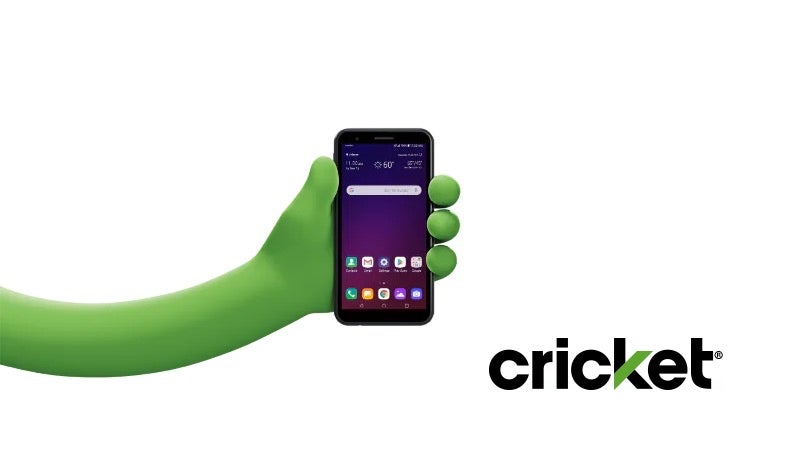Innovative Marketing Strategies: The Creative Edge for Leading Brands
In a rapidly evolving marketplace, leading brands are leveraging innovative marketing strategies to drive demand and enhance customer engagement. This article explores how creativity, combined with data-driven insights, is reshaping the marketing landscape and helping brands stand out in competitive environments. Key Takeaways Creativity is essential for brand development and long-term success. Combining traditional and digital marketing strategies can enhance brand visibility. Engaging customers through community-driven initiatives fosters loyalty. High-quality content remains a critical component of effective marketing. The Importance Of Creativity In Marketing Creativity has always played a pivotal role in marketing, but its significance has surged in recent years. Brands like Apple exemplify how creativity can permeate every aspect of a business, from product design to customer experience. As companies increasingly recognize the value of creative marketing, they are shifting back towards innovative approaches that resonate with consumers. Blending Analog And Digital Strategies In a digital-first world, some brands are rediscovering the power of traditional advertising methods. For instance, Writer, a generative AI company, has successfully utilized out-of-home (OOH) advertising, such as billboards, to enhance brand awareness. This strategy has proven effective, with many customers citing these ads as a key factor in their brand recognition. Benefits of OOH Advertising: High visibility in crowded markets. Increased brand recall and engagement. Ability to measure impact through geotargeting and digital interactions. Inspiring Action Through Digital Experiences Brands are also using digital experiences to drive real-life engagement. A notable example is Coinbase's Super Bowl ad featuring a bouncing QR code, which led to over 20 million visits to their site in just one minute. This innovative approach illustrates how simple yet creative ideas can inspire immediate consumer action. Leveraging First-Party Data For Engagement Companies with access to first-party data can create personalized and engaging experiences for their customers. Spotify's annual Wrapped feature is a prime example, turning user data into shareable content that drives social engagement and brand loyalty. This strategy not only entertains users but also encourages them to share their experiences, amplifying brand visibility. Building Community-Centered Experiences Brands that foster authentic communities often enjoy increased customer loyalty. LEGO's Ideas platform allows fans to contribute to product development, creating a sense of ownership and connection. This community-driven approach not only enhances customer engagement but also drives innovation within the brand. The Role Of High-Quality Content In an age where content is easily generated, the demand for high-quality, meaningful content remains paramount. Companies like Netflix and Patagonia exemplify how investing in quality content can differentiate a brand in a crowded market. By focusing on storytelling and purpose-driven content, these brands not only attract customers but also build lasting relationships. Conclusion As the marketing landscape continues to evolve, brands must embrace creativity and innovation to stay relevant. By blending traditional and digital strategies, leveraging data, and fostering community engagement, companies can drive demand and build strong, lasting connections with their audiences. The future of marketing lies in the ability to think creatively while harnessing the power of data-driven insights.

In a rapidly evolving marketplace, leading brands are leveraging innovative marketing strategies to drive demand and enhance customer engagement. This article explores how creativity, combined with data-driven insights, is reshaping the marketing landscape and helping brands stand out in competitive environments.
Key Takeaways
- Creativity is essential for brand development and long-term success.
- Combining traditional and digital marketing strategies can enhance brand visibility.
- Engaging customers through community-driven initiatives fosters loyalty.
- High-quality content remains a critical component of effective marketing.
The Importance Of Creativity In Marketing
Creativity has always played a pivotal role in marketing, but its significance has surged in recent years. Brands like Apple exemplify how creativity can permeate every aspect of a business, from product design to customer experience. As companies increasingly recognize the value of creative marketing, they are shifting back towards innovative approaches that resonate with consumers.
Blending Analog And Digital Strategies
In a digital-first world, some brands are rediscovering the power of traditional advertising methods. For instance, Writer, a generative AI company, has successfully utilized out-of-home (OOH) advertising, such as billboards, to enhance brand awareness. This strategy has proven effective, with many customers citing these ads as a key factor in their brand recognition.
- Benefits of OOH Advertising:
- High visibility in crowded markets.
- Increased brand recall and engagement.
- Ability to measure impact through geotargeting and digital interactions.
Inspiring Action Through Digital Experiences
Brands are also using digital experiences to drive real-life engagement. A notable example is Coinbase's Super Bowl ad featuring a bouncing QR code, which led to over 20 million visits to their site in just one minute. This innovative approach illustrates how simple yet creative ideas can inspire immediate consumer action.
Leveraging First-Party Data For Engagement
Companies with access to first-party data can create personalized and engaging experiences for their customers. Spotify's annual Wrapped feature is a prime example, turning user data into shareable content that drives social engagement and brand loyalty. This strategy not only entertains users but also encourages them to share their experiences, amplifying brand visibility.
Building Community-Centered Experiences
Brands that foster authentic communities often enjoy increased customer loyalty. LEGO's Ideas platform allows fans to contribute to product development, creating a sense of ownership and connection. This community-driven approach not only enhances customer engagement but also drives innovation within the brand.
The Role Of High-Quality Content
In an age where content is easily generated, the demand for high-quality, meaningful content remains paramount. Companies like Netflix and Patagonia exemplify how investing in quality content can differentiate a brand in a crowded market. By focusing on storytelling and purpose-driven content, these brands not only attract customers but also build lasting relationships.
Conclusion
As the marketing landscape continues to evolve, brands must embrace creativity and innovation to stay relevant. By blending traditional and digital strategies, leveraging data, and fostering community engagement, companies can drive demand and build strong, lasting connections with their audiences. The future of marketing lies in the ability to think creatively while harnessing the power of data-driven insights.










































































































































































![[The AI Show Episode 142]: ChatGPT’s New Image Generator, Studio Ghibli Craze and Backlash, Gemini 2.5, OpenAI Academy, 4o Updates, Vibe Marketing & xAI Acquires X](https://www.marketingaiinstitute.com/hubfs/ep%20142%20cover.png)




























































































































![[FREE EBOOKS] The Kubernetes Bible, The Ultimate Linux Shell Scripting Guide & Four More Best Selling Titles](https://www.javacodegeeks.com/wp-content/uploads/2012/12/jcg-logo.jpg)



![From drop-out to software architect with Jason Lengstorf [Podcast #167]](https://cdn.hashnode.com/res/hashnode/image/upload/v1743796461357/f3d19cd7-e6f5-4d7c-8bfc-eb974bc8da68.png?#)





































































































.png?#)





.jpg?#)
































_Christophe_Coat_Alamy.jpg?#)









































































































![Rapidus in Talks With Apple as It Accelerates Toward 2nm Chip Production [Report]](https://www.iclarified.com/images/news/96937/96937/96937-640.jpg)







































































































































